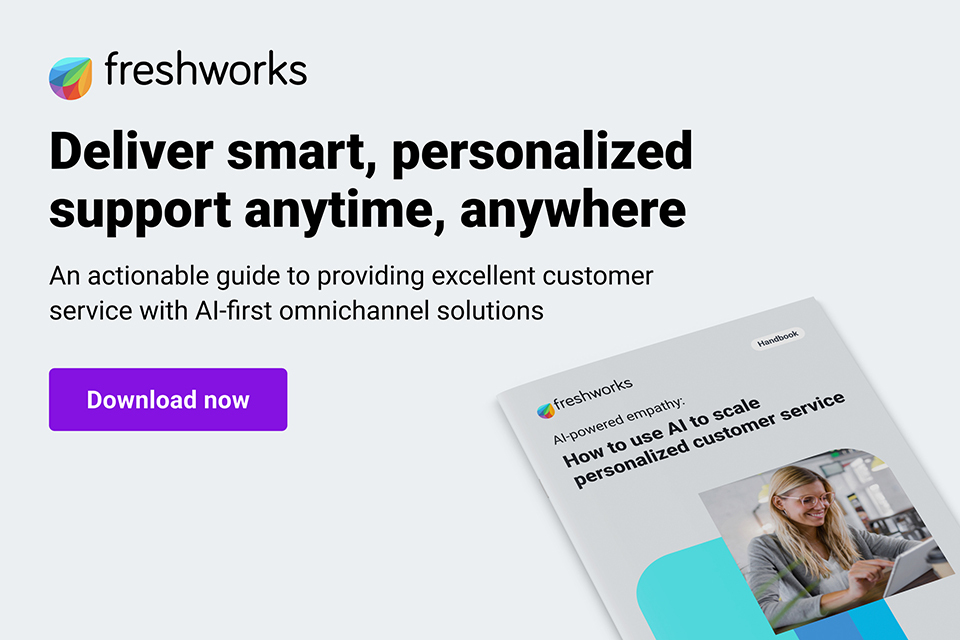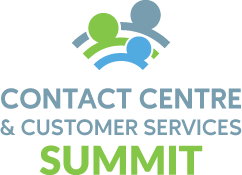The Convenience Factor: Why social selling is crucial for the future of retail customer service

Success in ecommerce and retail today hinges on consumer convenience. It is fast becoming a powerful tool in the e-commerce industry, transforming the way businesses engage with their customers and increasing sales through social commerce. Being able to tap into social media networks and their platforms makes it a game-changer in the industry because of its […]
Ransomware Recovery: The essential guide for businesses to protect their future

Conor O’Neill, CEO and Co-Founder at OnSecurity, explains why both new and established businesses should prioritise this essential security measure… Just this week, an annual report released by tech giant Microsoft found that the number of ransomware attacks has more than doubled over the last 12 months. The Digital Defence Report has found that financially […]
Personalising the EV Experience: The key to boosting sales targets

As the growth of Electric Vehicles (EV) sales to private consumers begins to plateau, automotive manufacturers face an uphill challenge. With the target for EVs to comprise 22% of total sales this year and an ambitious goal of 80% zero emission new cars in 2030, what strategies can Original Equipment Manufacturers (OEMs) adopt? Amelia Iredale, […]
Transforming CX: 7 AI-powered features to enhance your customer experience

By Opus Technology In today’s competitive business landscape, transforming a contact centre into a profit-generating powerhouse is no easy feat. With increasing pressure to enhance customer experience and streamline operations, the integration of AI and innovative technology is proving to be a game-changer. Customers now demand faster, more efficient service. Research highlights that 92% of […]
The AI-Agent Alliance – A powerful partnership for contact centre success

By Ardanis Today, 4.25 billion people worldwide actively use email, with 319.6 billion emails exchanged daily. Since the first email was sent in 1971, this method of communication has remained the most popular digital channel, accounting for 13.7% of all interactions (Contact Babel 2023)*. Consumers across all age groups appreciate the convenience of email, allowing them […]
The Importance of a consultative approach for OEMs

Customer experience can make or break a brand relationship: 48% of customers have switched brands for better customer service, and 94% say good customer service makes them more likely to make another purchase. Within the automotive industry globally, brand loyalty is changing at an unprecedented pace – with the latest figures revealing customer loyalty figures range from 43% to 86% of […]
Overcoming the fear of AI in the contact centre

By Ardanis As AI continues to transform the landscape of contact centres, it brings with it both opportunities and challenges. One significant challenge is the mitigation of customer concerns surrounding the use of AI. While AI promises to enhance and improve customer satisfaction, it also raises real concerns. The loss of human touch in customer […]
Are these the 20 most influential CX leaders in financial services?

In the rapidly changing financial services sector, where technology and customer expectations are in constant flux, delivering an outstanding customer experience is vital. Financial institutions must provide smooth, personalized, and empathetic interactions to maintain their reputation and achieve success. With that in mind, the customer experience experts at CX Network have highlighted a list of the financial sectors’ […]
GUIDE: How to use AI to personalise customer service

You may be looking to scale your customer service with AI, but hesitant about how AI may present your organisation to your customers and prospects. As a result, we wanted to share this guide from Freshworks, to investigate how you can adopt the right AI workflows to make teams more productive, reduce wait times for […]
3 tips for contact centres in 2024

It’s no secret that customers want to use their preferred platforms when communicating with customer service professionals, as well as being given a personalised experience when doing so. This is why contact centres are massively important from a strategic perspective, and particularly, contact centres that operate efficiently. With this in mind, Rob Mead, Head of […]

